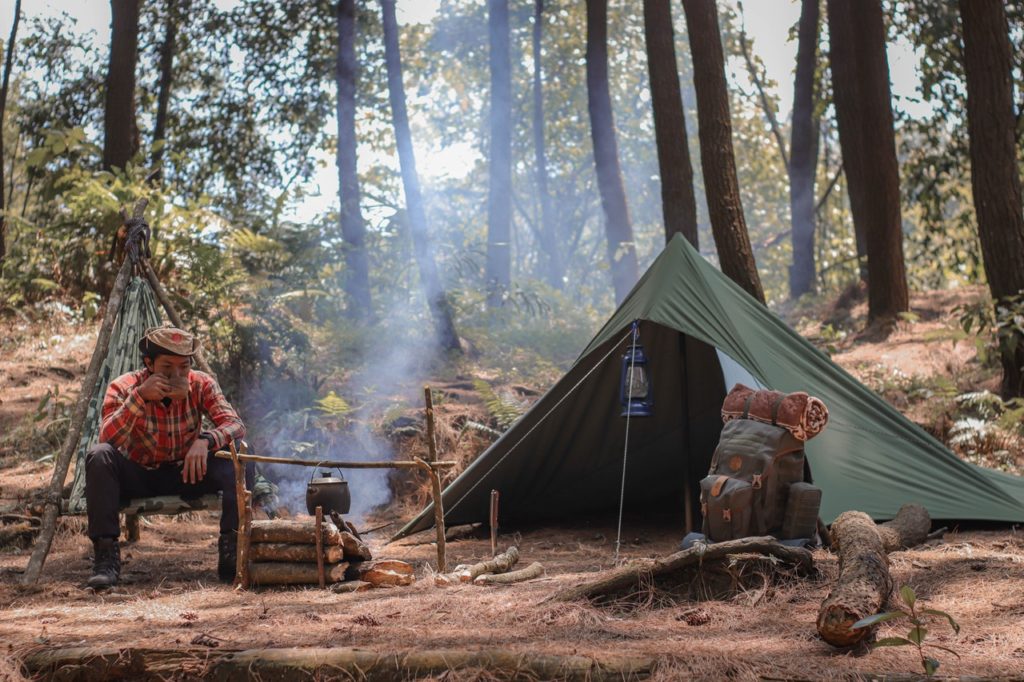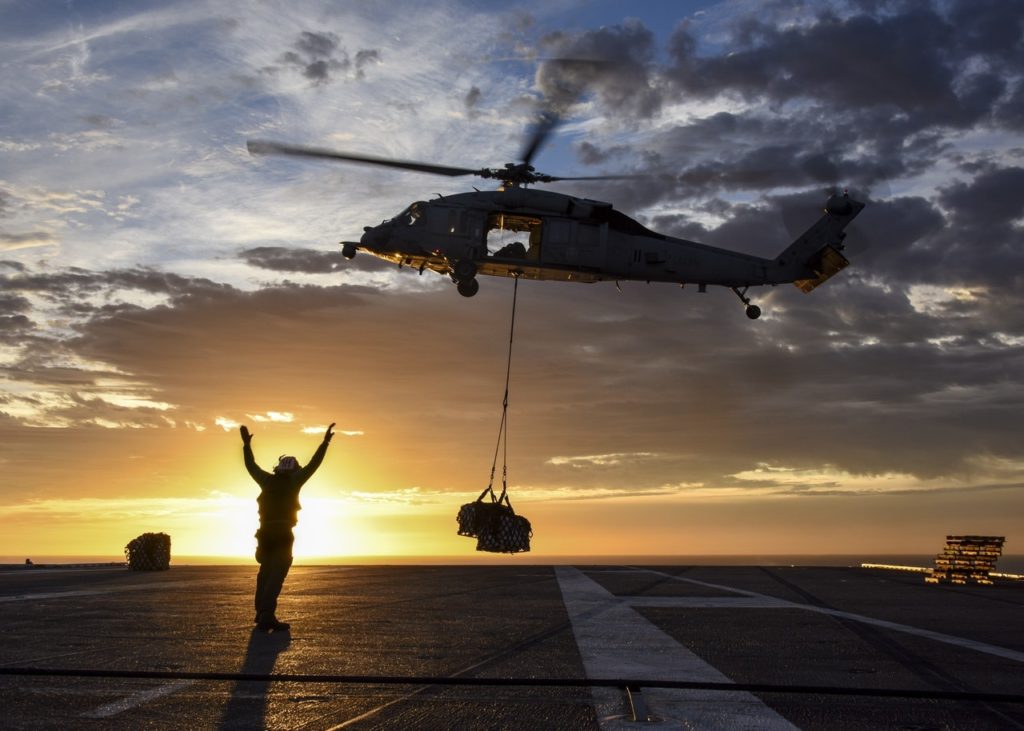If you have been looking for survival food solutions, you must have encountered some pieces of information presenting military MREs as a good survival food.
These food rations praised both by the military and survivalists around the world let you concentrate on your mission rather than food and cooking.
One can’t argue that MREs are not to be examined closely for their survival use. So what are military MREs?
MREs are an effective way to meet our food needs, especially during an evacuation.
The main advantage of this combat ration is that it’s the product of a long history and reflections adapted to a particular environment.
An environment where food must be prepared quickly, discreetly, and in the most simple way, while keeping it nutritious.
They can be eaten cold if the conditions don’t allow cooking, or reheated using simple and efficient methods…
The caloric intake is more or less based on one day of food, and above all, there is no need for water for their preparation.
The MRE (Meal Ready-to-Eat) consists of a resistant and compartmentalized packaging, which makes it ideal for consumption on the move, with enough possibilities of organization and personalization.
Another advantage is that it’s an autonomous unit. It doesn’t depend on anything else for its preparation and consumption, which is essential for a situation requiring a maximum adaptability to the environment.
In anticipation of a difficult situation, the food rations must be made in a way that tends to save water.
Even though rice, beans, and lentils are good nutritionally and therefore often present in drainage bags, these foods are still dependent on a substantial water supply and preparation that requires time and tools.
These foods (rice and beans) align with a more or less sedentary situation and are perfect for Buggin In or living in a shelter, but they are not adapted to movement and reduction of needs which is the very nature of evacuation.
Being able to eat in movement, being able to eat without preparation, and while saving water is a primary advantage of the MREs that aligns with the role of the Bug Out Bag.
Freeze-dried meals are generally better and light-weight, but the thirst they provoke is a problem.
For those who anticipate a journey where there will be a lack of water, freeze-dried meals are an unsuitable solution.
Unless you live in a landscape where water is abundant and of good quality, it can be an interesting solution and can therefore be part of your feeding system, without them being the main food source.
What are the American military MREs

One American MRE is equivalent to one meal. It provides 1250 calories: 13% protein, 36% fat, and 51% carbohydrates, and one-third of the vitamin and mineral requirements.
There are 24 different menus. For example, menu 10 offers chili con carne with macaroni, melted cheese, bread, cookie, chocolate drink.
The U.S. Army offers many variations of the MRE to reflect the situation in the field and the feedback from soldiers. Here are three examples:
-
The First Strike Ration (FSR), introduced in 2002, is an energy ration (2900 calories) for shock troops deployed in the first 72 hours of an operation.
Compared to the MRE ration, it provides fewer calories but more carbohydrates, and requires no preparation, no utensils, and no cleanup.
The FSR was developed because, in combat situations, U.S. soldiers equipped with MREs would throw away some of their rations to lighten up or to avoid bulk.
-
The Group Ration (UGR-E), introduced in 2008 to promote group spirit, provides a hot meal for 18 soldiers.
It consists of 4 sealed containers providing the main course, vegetables, starchy foods, and a dessert.
When a tab is pulled, a saline solution is released that activates heating elements. The dishes are hot in less than 30 minutes.
-
The survival ration (GP-I) is mainly intended for air force personnel. It provides 42% more calories than the MRE, mostly in the form of carbohydrates (56%) and fats (39%).
Protein is limited to 8% in order to reduce metabolic water requirements. The food is supplied in individually sealed packages.
What should I use these MREs for?

The most obvious use of MREs is to keep these packs in your car, in your everyday car kit. This military ration will be ideal for a driver who is stuck in the snow, unable to get home, or who’s simply on the road for the day.
In its sturdy, waterproof container, it can hang out in your trunk for a few years until the day you get stuck on the highway or for another emergency.
The cool thing about this is that you are autonomous: you don’t need to plan (and mobilize) a small stove, it’s included in the pack.
You just need to have something to keep you hydrated (and covered) and you are good to go.
You can store a dozen rations for days of power outages, storms or short-term confinements. Simple and easy to use, you know that one box is equivalent to at least 8 hours of physical effort.
What are the French military MREs

The French military MREs can be better as one ration is enough to keep you up for a whole day. So there is no problem with rationing, no calculation of intake, no complicated menu…
While waiting for the return of the normal course of things, you can devote your time to another activity.
If you want to go for a hike together with your lover and your goal is not to do great gastronomy, then tap into your stock of rations and you’ve got enough to eat for two.
It’s obviously less romantic than a sausage on a wood fire, but we don’t always have the opportunity to organize ourselves to build a fire, and not everyone is into bushcraft!
Thanks to these packs, you don’t have to invest in a stove. Moreover, if you have to make an effort, the isotonic drink will bring you enough carbohydrates and sodium for your muscles.
We don’t think about it enough, but sharing is good too. This “military ration” solution is really adapted to the needs of a homeless person or a person in difficulty.
Of course, it doesn’t solve all the problems but we really like the idea of offering this ration to a person in need.
Weprepper’s little trick to improve your MREs is simply to add salt, pepper, and a little spice (chili, turmeric, curry…) to your kit. This personal touch will make the difference!
Conclusion
These military food rations bring another answer to our questioning about food. It’s a solution that has its advantages and meets our needs. If you can’t get access to MREs, canned foods are good too. Here’ 10 Canning Food Preservation Tips you can use.






